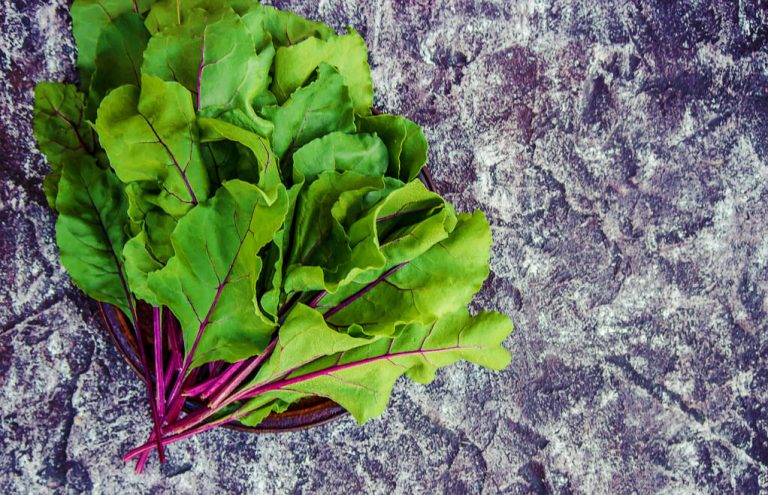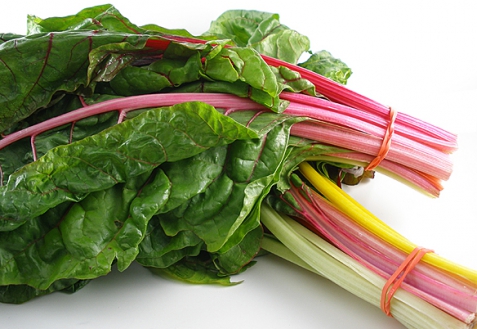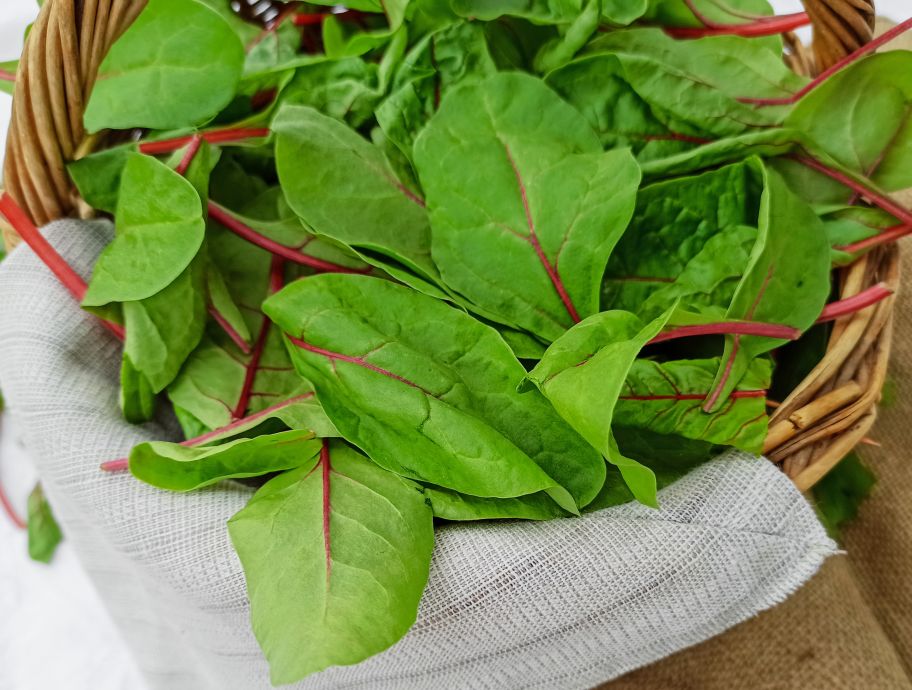Can you eat chard raw so as not to destroy the heat-sensitive nutrients? Here’s why raw Swiss chard isn’t the healthiest choice for everyone.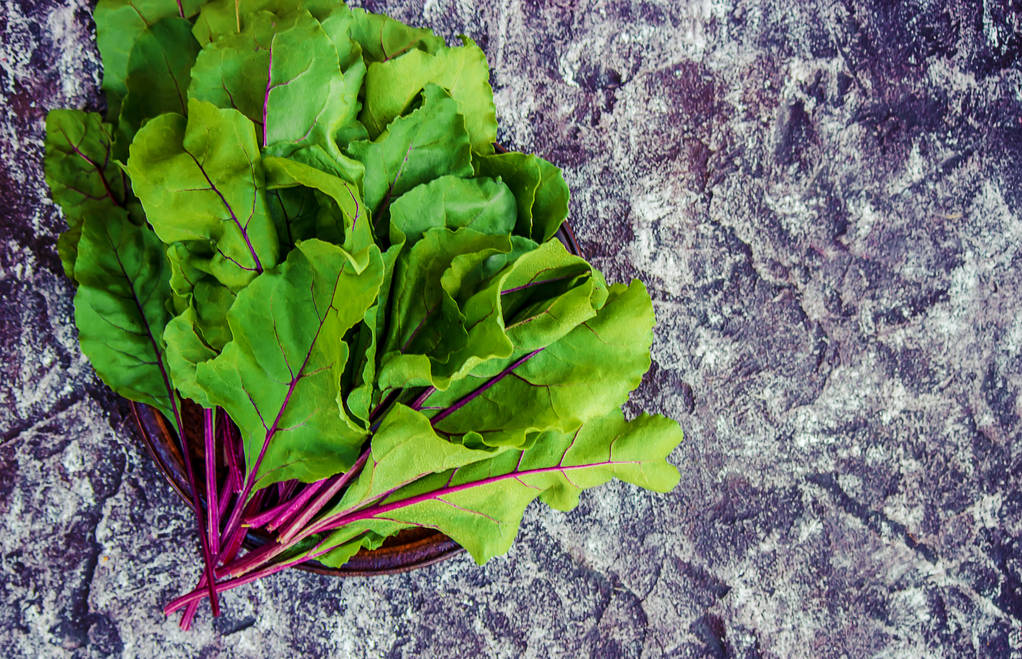
Eating chard raw: these are the advantages
Swiss chard is a particularly nutritious vegetable, but many important nutrients are heat-sensitive. Although the minerals and vitamins are not completely destroyed during cooking or roasting, their proportion is lower than with raw vegetables. This applies to vitamin C, for example.
It is therefore advisable to also include raw food in your diet. The benefits of raw Swiss chard are:
The nutrients are largely retained.
You can prepare or refine delicious salads with chard.
You can use large chard leaves creatively, for example as wraps instead of classic wheat flour wraps.
Raw Swiss chard gives green smoothies an aromatic taste.
Eating chard raw: You should pay attention to this
However, raw chard is only suitable for consumption to a limited extent. In addition to all the health-promoting nutrients, the plant also contains oxalic acid.
Oxalic acid is a naturally occurring fruit acid that is not inherently harmful or toxic.
The body produces them itself and we ingest them daily through many plant-based foods such as rhubarb and spinach.
But too much oxalic acid can also be harmful: it promotes the formation of kidney stones and inhibits the absorption of iron.
In its raw state, Swiss chard contains the most oxalic acid – when it is boiled or roasted, the proportion is reduced. Raw chard should therefore only be eaten in moderation so as not to take in too much oxalic acid. People with kidney disease or iron deficiency should not eat chard raw at all.
It’s a good thing that chard also tastes great when cooked, is healthy and can be used in a variety of ways: leaf chard can be used like spinach, for example, while stem chard is a suitable alternative to asparagus.
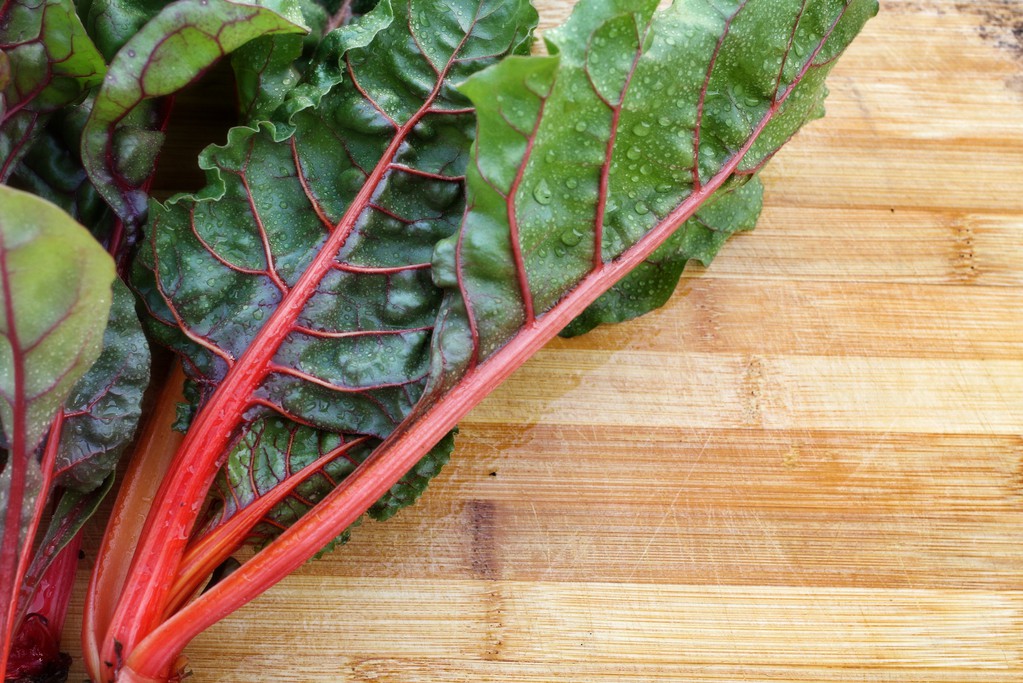
Chard: Healthy and aromatic leafy greens
Only recently has chard been found more frequently at the weekly markets and on our plates. For a long time it was overtaken by spinach. Both vegetables can be used in a similar way, but the spinach won out with its milder taste. Botanically speaking, Swiss chard is more closely related to beetroot and sugar beets, but we don’t eat the tubers, but the leaves and stalks. Depending on the characteristics of these parts of the plant, a distinction is made between leaf and stem chard.
Some appreciate the chard because of its strong, slightly tart and aromatic taste, others because it has a considerable repertoire of nutrients. These include, for example:
Vitamins: Swiss chard is a real vitamin bomb and contains vitamins C, E and K, among other things. 100 grams of Swiss chard contain 39 milligrams of vitamin C, which is one of the antioxidants and is essential for protecting cells from free radicals.
Iron: Green leafy vegetables are the most important plant source of iron and sometimes even beat meat in terms of iron content. Swiss chard, for example, has 2.7 milligrams of iron per 100 grams, while the iron content of meat is 1 to 2.5 milligrams of iron per 100 grams. Iron is responsible for oxygen transport and energy metabolism in the body. The trace element ensures that we remain efficient and active.
Beta carotene: is a secondary plant substance from the carotenoid family and a precursor of vitamin A. Beta carotene takes on important functions in cell metabolism and cell protection and we need it for healthy skin, eyes and hair.
Chlorophyll: the plant pigment allows plants to photosynthesize and helps us stay healthy. Because the leafy green helps with oxygen transport, the formation of new blood cells and the purification of the blood.

